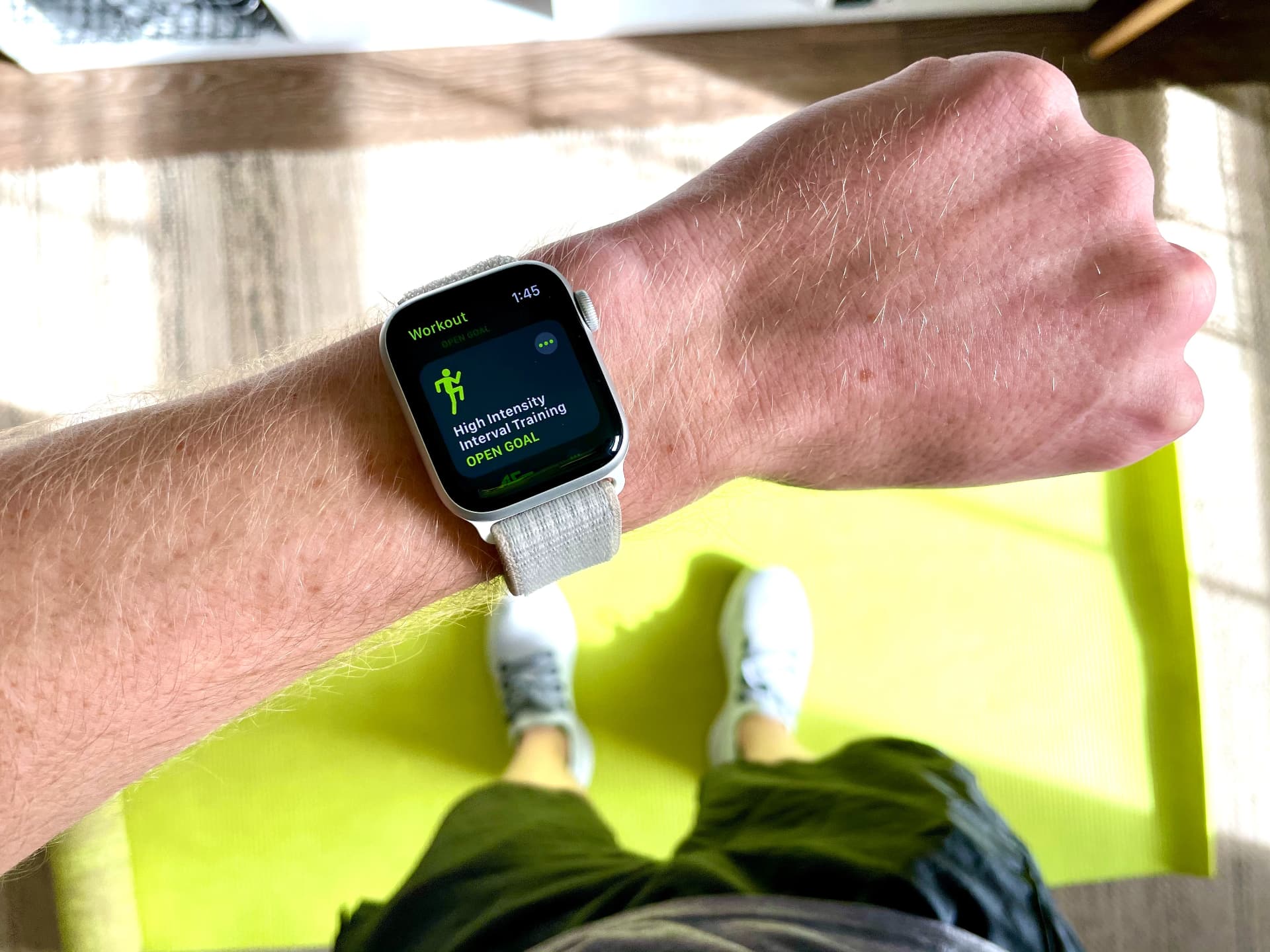Siri can now answer questions about your health and fitness data, like how many hours you’ve slept the previous night, as well as log new entries on your behalf.

iOS 17.2, iPadOS 17.2 and watchOS 10.2 bring a host of new features and under-the-hood changes, including letting Siri securely access and log data in the Health app.
Using just your voice, you can ask Siri questions like how far you ran during your last session, how well you slept last night or how many calories you’ve burned today.
The virtual assistant can access any data stored in the Health app’s database. In addition, the digital assistant can add new data to the Health app. For example, you can update your blood pressure or body temperature just by asking.
How to have Siri read and log Health data
Siri can access any health or fitness metric on your iPhone, iPad or Apple Watch—and even log new data—provided the privacy settings permit it to access Health.
iPhone and iPad:
- Laiunch the Settings app on your iPhone or iPad.
- Choose Health from the main list.
- Hit Data Access & Devices under the Data heading.
- Choose Siri.
- Switch on the option labeled Access Health Data.
Apple Watch:
- Launch the Settings app on your Apple Watch.
- Select Health from the main list.
- Hit Apps and Services.
- Choose Siri.
- Switch on the option labeled Allow Siri Access to Health Data.
As this setting is turned off by default, you must toggle it manually after updating your iPhone, iPad and Apple Watch to iOS 17.2, iPadOS 17.2 and watchOS 10.2.
Example of health and fitness Siri queries
MacWorld listed example queries that’ll do the trick:
- How many steps have I taken today?
- How many steps have I taken this week?
- What’s my heart rate?
- What’s my blood oxygen level?
- Check my Exercise ring.
- How does my Move ring look today?
- What’s my average walking heart rate?
- How many calories have I burned?
- My weight is 195.3 pounds.
- I started spotting today.
- I’ve taken my 6 pm medications.
- My body temperature is 98.5 degrees.
- My period started today.
- My blood sugar is 143.
- Record my blood pressure as 118 over 76.
Siri has access to your entire Health history on an iPhone or iPad, meaning you can request data for a specific period, like “What was my weight on January 1., 2015.” On an Apple Watch, however, the assistant can only request data from the past week or so because the wearable device doesn’t cache the entire Health database.
What devices support this feature?
Accessing and logging health data with your voice requires hardware with support for on-device Siri, like any iPhone or iPad running the A12 Bionic chip or later.
In other words, you’ll need at least an iPhone XS/XR, 11-inch iPad Pro, third-generation 12.9-inch iPad Pro, third-generation iPad Air, fifth-generation iPad mini or eighth-generation iPad or later to take advantage of this feature.
On the wearable front, the feature is restricted to the Apple Watch Series 9 and Apple Watch Ultra 2, the only models that support on-device Siri. For privacy reasons, older watches don’t process commands related to the Health app because Apple doesn’t want to upload your health-related queries to the cloud.